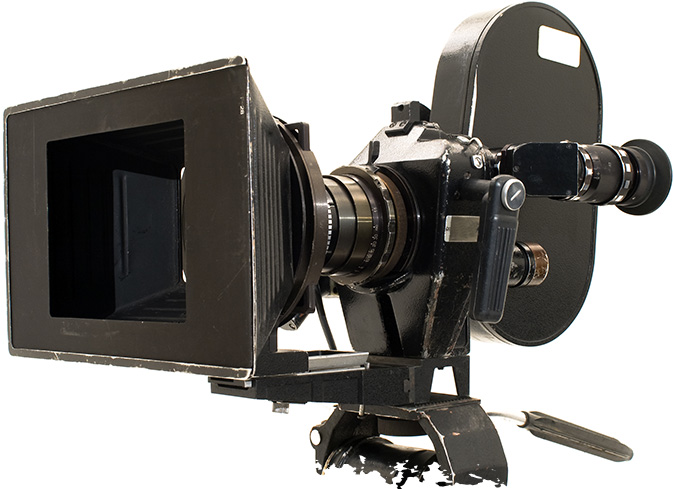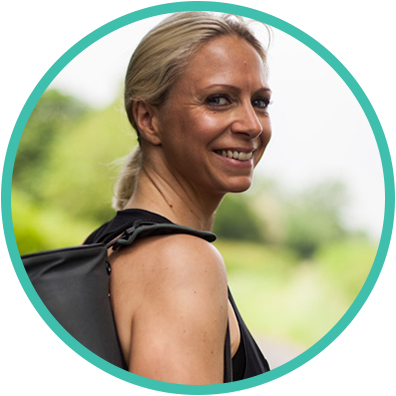
Breathing
Quite simply, Breath equals Life. From the moment you take your first inhalation to the moment you take your very last exhalation, to breathe is to live. We can go without food for forty days and without water for three days, yet we can die after just a few minutes of not breathing. So does it not make sense to learn to use this gift of breathing more effectively?
Feeling anxious? Suffering from panic attacks? Feeling depressed? Suffering from sleeplessness? You’re not alone. Anxiety is at an all time high; prescriptions for anti depressants and sleeping pills are at an all time high. With the fast pace of the technological age we are living in, never allowing ourselves any space to breathe, day dream or to spend on ourselves, permanently distracted by our phones, it’s no wonder we’re being driven further towards debilitating levels of stress. This leaves people feeling more and more disconnected from the world around them and themselves. The problem is that we’re getting so used to living in this way, these feelings are becoming our norm. Eventually, however, the body and mind will say no more and will send us a bigger message and physical or mental illness will prevail.

Rather than rushing for medication, try breathing
Breathing is the one way we can communicate to our nervous system; it’s the only part of the autonomic nervous system that can be controlled consciously. Quite simply, the body follows where the breath leads. When we are feeling stressed or anxious we tend to shallow breath, taking shorter sharper breaths. This further communicates threat and fear to the nervous system, which in turn switches on the fight or flight response. This is a response designed to help save our lives if we’re in danger, not a response necessary for dealing with day to day living. By learning to take deeper, steady breaths (diaphragmatic breathing) you will communicate safety to your nervous system, bringing you into a calmer more focused state. In this state, you can make better decisions, have more clarity, think more creatively, feel more connected to life around you, feel more connected to yourself and so live a far more effective life.
It helps to understand the mechanics of diaphramatic breathing (breathing deeply). The diaphragm is a large domed shape muscle that sits in the chest (around the lower front ribs and sternum) like a parachute. Like any other muscle it needs to be exercised and strengthened to make it and in turn our breathing more effective. When you inhale, the diaphragm broadens and moves down causing the belly to widen and expand. When you exhale, the diaphragm ascends back into the chest drawing the stomach inward. It is important that the breathing sequence happens in this way and not the other way around.
A good way to practise this type of breathing is to lie on your back, knees bent or legs resting over a bolster or some thing similar, place your hands on your tummy or the area below your sternum, then with each inhalation direct the breath towards your hands, allowing the belly to expand into your hands on each inhale and on each exhale be aware of the belly drawing inward away from your hands. Another option is to place a heavy book or some thing similar on your belly, which will help to draw your mind, and in turn your breath, down to this area of the body.
Lungs and Ribcage
As you become more practised at this type of breathing, you can then draw your awareness more towards the movement through the side and back ribs, as they expand on each inhale and contract on each exhale. This is a progression and an important part of the breathing process, as the deepest and most effective part of the lungs is situated towards the side and lower back ribs. The higher density of blood capillaries in the lower part of the lungs makes them the most effective area. Therefore, from a physiological aspect, yoga postures and stretches can assist with the effectiveness of the breath, by keeping the spine, chest and intercostal muscles as strong and mobile as possible, supporting the functionality of the breathing process.
Nothing speaks more powerfully to your body than your breathing. Breathing dominates your autonomic nervous system and because you breathe 5000 to 30000 times a day, it really does have the potential to influence you positively or negatively.
With every cell in my body, I urge you to develop a daily breathing practice, I believe it is the foundation of wellbeing and optimal health. You’ll feel more connected to yourself and the universe around you, you’ll feel more centred, more calm and balanced, thus allowing space for you to be the best version of yourself.

















